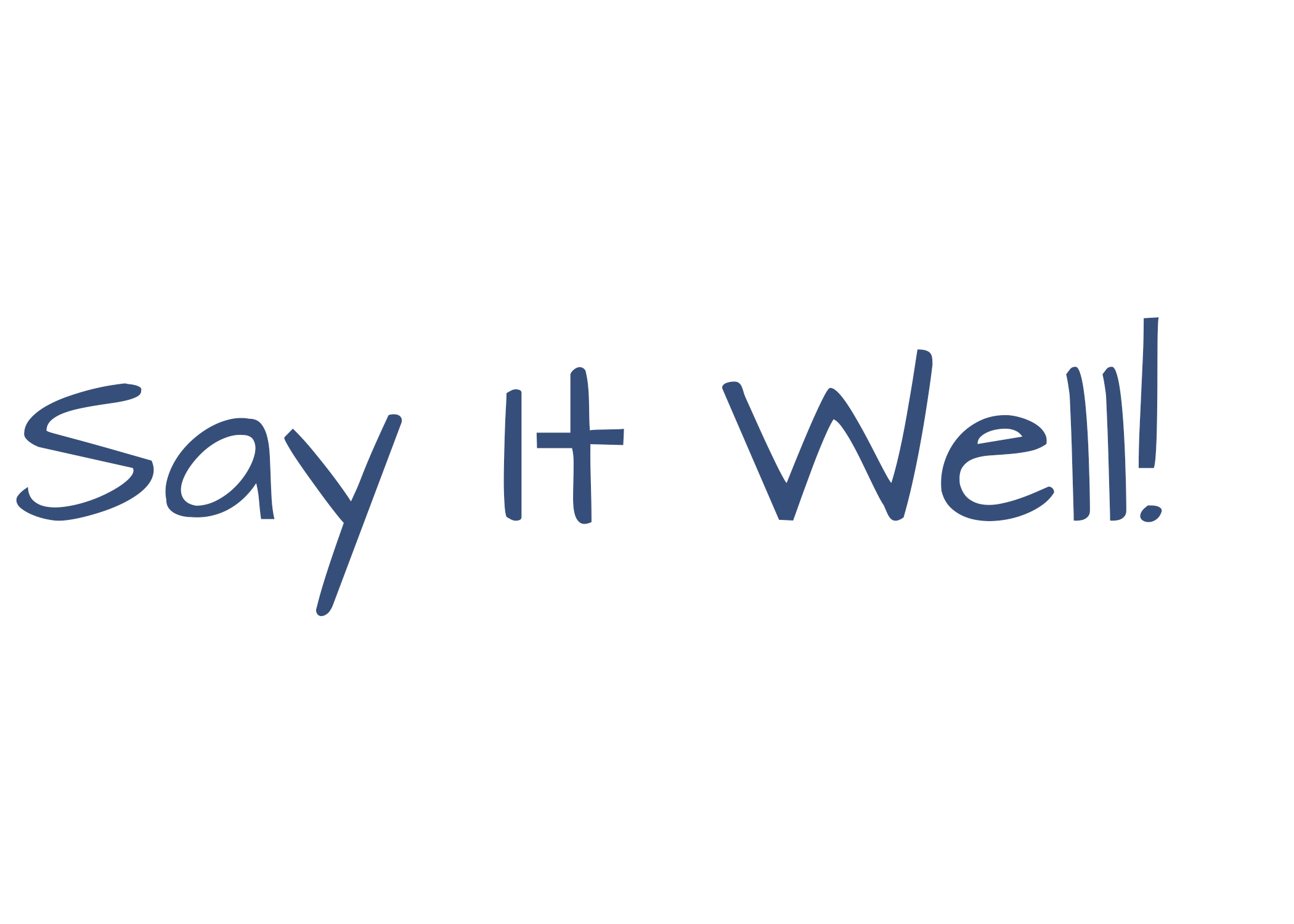Breathing and Breath Control
By Candice m. Coleman, PhD
Breathing in a physiological sense is taking in (inhaling) and letting out (exhaling) air. We breathe to live and we breathe to speak.
We rarely think about our breathing. It just is. The body does what it’s supposed to. But sometimes we can get in the way.
Try this.
Stand up. Put one hand on your chest and the other on your stomach. Inhale completely as you mentally count to five and then exhale completely as you mentally count to five again.
Which hand moved? Didn’t notice? Try it again.
NOW, which hand moved, the top one or the bottom one? If it was the top one, you’re only using a portion of your breathing capacity. If it was the bottom one, you’re breathing normally and naturally.
Why is this important? Because if you aren’t using all of your capacity (only the top hand moved):
You may not have enough breath support to project the power and beauty of your text or copy.
You may be forced to take a breath at an illogical place.
Your words may trail off at the end of a sentence or phrase.
You might not be able to express the power of the Word or whatever you’re reading because your voice sounds weak and breathy.
The reason you want your bottom hand to move is because that’s what happens when we breathe naturally without thinking about it. There’s a muscle behind your stomach called the diaphragm. This moves down and out and pushes against your stomach when you breathe naturally. If only your top hand is moving, you aren’t letting the diaphragm do what it’s supposed to do. You have interfered with the process. Let’s see if we can begin to change that.
Try this.
With your hands in the same positions as above, start panting very quickly - like a dog. Gradually slow down. As you get to a more normal rate of inhalation and exhalation, you should be able to feel your stomach moving out as you inhale and moving in as you exhale.
When we breathe to live, our inhalations and exhalations are fairly even (unless we’re under some exertion). However, when we breathe to speak that changes. We inhale quickly and exhale more slowly as the sounds of the words come out of our mouths.
Try this.
Put your hands on your chest and stomach again. Inhale on a mental count of five (feeling the bottom hand move), then start counting out loud. See how far you can count on one breath without gasping at the end. (And no sneaking an extra breath along the way!) Be sure not to force the sound or gasp at the end.
How far did you get? 7? 10? 20? It really doesn’t matter because that’s your baseline. Now, try it again and see if you can get even one number further along. That’s progress! Keep at it.
Be careful not to waste breath on “s”, “f” and “th” sounds. It isn’t “ssssssssssix” but “six”, not “ffffffive”, but “five.” “Think,” not “thhhhink.”
So, when you’re preparing to read something out loud, check your breathing first. Make sure the bottom hand is moving. If it isn’t, don’t get frustrated. Let it go for a bit. Then when you’re relaxed (sitting in your chair, lying in bed) become aware of your breathing without changing anything. If I were a gambler, I’d bet that you’re breathing just as you’re meant to.
None of the exercises here (or in any of the upcoming articles) should cause discomfort. If they do, you’re doing something incorrectly. Send me an email.
View All Articles
©2025, Say It Well! Permission is given to reprint this article if the following is included: Reprinted by permission of Dr. Candice M. Coleman. She can be reached at 314-330-5493.

